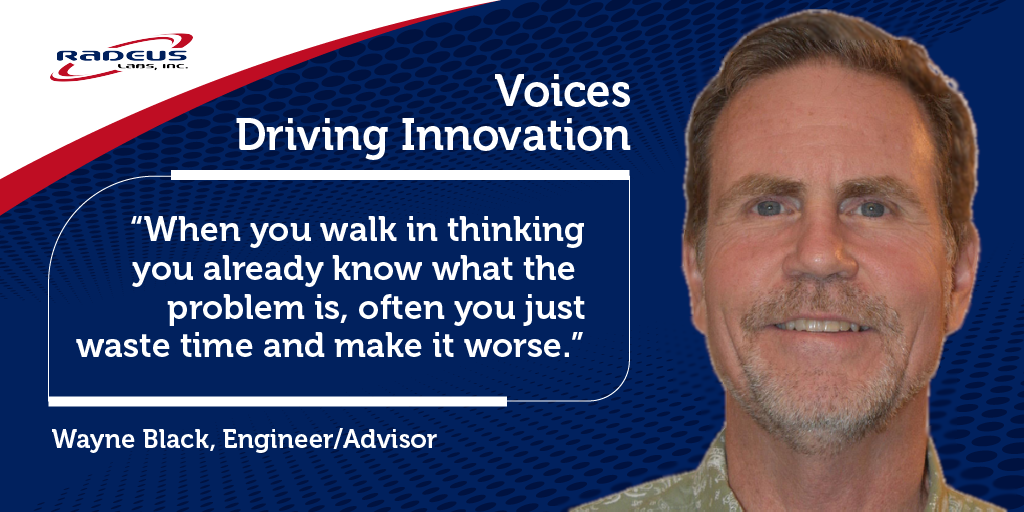When it comes to satellite tracking, precision is vital. Whether you're managing critical communications, broadcasting, or running a mission-critical satellite ground station, keeping your antenna perfectly aligned with a satellite is non-negotiable.
That’s where steptrack comes in.
Steptrack is a tried-and-true method that continuously fine-tunes your antenna’s position, ensuring you get maximum signal strength and minimal downtime. While newer tracking methods exist, steptrack remains a reliable workhorse in the industry, often serving as the foundation for more advanced tracking systems.
Here we break down five key ways steptrack enhances satellite tracking—and why it should be an essential part of your antenna control strategy.
1. Real-Time Adjustments for Continuous Peak Performance
Imagine you’re tuning a radio, adjusting the dial ever so slightly to get rid of static. That’s essentially what steptrack does, but with far greater precision.
The algorithm works by making small, deliberate movements, measuring the signal strength, and recalibrating accordingly. This means that even if the satellite drifts slightly or environmental factors cause minor disruptions, your antenna will always stay locked onto the strongest possible signal.
Why it matters:
- Avoids signal degradation that can lead to data loss.
- Ensures stable, high-quality reception even in fluctuating conditions.
- Minimizes downtime by keeping the antenna in constant alignment.
2. Smarter Tracking with Adaptive Step Sizing
Not all satellites behave the same way. Some stay nearly stationary, while others move in subtle, unpredictable ways. That’s why steptrack isn’t a one-size-fits-all system—it adapts based on your satellite’s movement and signal behavior.
By adjusting step size dynamically, steptrack ensures efficient tracking without excessive movements that could wear out your equipment. Larger step sizes allow for quick corrections, while smaller steps fine-tune the antenna position for pinpoint accuracy.
Why it matters:
- Reduces unnecessary wear and tear on motors and drive systems.
- Adapts to different types of satellites and orbital behaviors.
- Maximizes efficiency without sacrificing accuracy.
3. Built-in Safeguards to Prevent Overcorrection
Tracking a satellite isn't just about following a signal—it’s about knowing when not to move.
One of the most powerful features of steptrack is its built-in safeguards. The algorithm prevents unnecessary movements by recognizing when a signal drop is temporary (like during heavy rain) versus when an actual alignment correction is needed.
The system also prevents overcorrection, ensuring the antenna doesn’t “chase” a fluctuating signal and introduce more instability.
Why it matters:
- Reduces excessive movements that can degrade hardware over time.
- Prevents tracking errors caused by short-term signal fluctuations.
- Ensures smooth and controlled adjustments instead of constant micro-corrections.
4. Enhanced Performance with Site-Specific Configuration
Before steptrack can begin optimizing your signal, the system must know the size of the dish and its location. This allows the algorithm to determine the target beamwidth accurately, ensuring more precise measured movements.
The site configuration step ensures that the tracking algorithm takes into account the exact latitude, longitude, and altitude of the ground station. This allows for better calculations when determining the satellite’s expected position and making adjustments accordingly.
Additionally, setting the correct deadband threshold ensures that the system stops adjusting once the signal is within an acceptable range, preventing unnecessary fine-tuning that could introduce instability.
Why it matters:
- Ensures your system isn’t working with faulty location data.
- Provides more accurate initial positioning for satellite acquisition.
- Reduces unnecessary tracking cycles for better long-term performance.
5. A Reliable Foundation for Advanced Tracking Methods
While steptrack is effective on its own, it’s also a key building block for more advanced tracking technologies.
For example, predictive tracking algorithms rely on steptrack data to create orbital models. By continuously refining position adjustments, steptrack allows predictive tracking to anticipate satellite movement and improve efficiency.
The result? Better long-term tracking accuracy with fewer adjustments needed over time.
Why it matters:
- Supports predictive tracking for satellites with known orbital patterns.
- Provides a fallback tracking method if predictive models fail.
- Ensures long-term system stability by reducing tracking strain.
Upgrade Your Tracking System Without Overhauling Your Infrastructure
Steptrack is one of the most reliable tracking methods available today, but it works best when paired with modern antenna control technology.
If your current Antenna Control Unit (ACU) is outdated—like the Vertex 7200 ACU, which has been discontinued—you may be struggling with limited support, higher maintenance costs, and a lack of modern tracking features.
That’s exactly why Radeus Labs developed the RL8200L ACU—a seamless, cost-effective upgrade designed as a drop-in replacement for legacy 7200 ACUs.
The RL8200L offers:
✔ Modern steptracking algorithms that reduce strain and improve tracking accuracy.
✔ A familiar, user-friendly interface to minimize training requirements.
✔ Full compatibility with existing infrastructure—no major modifications required.
✔ And more!
Download our guide, A Practical Upgrade for Aging Antenna Control Systems , to explore your upgrade options!




